SHORT LINE RAILROAD
New England Central Railroad: Revitalizing New England’s Economy with a 345-Mile Freight Corridor Linking Connecticut to the Canadian Border
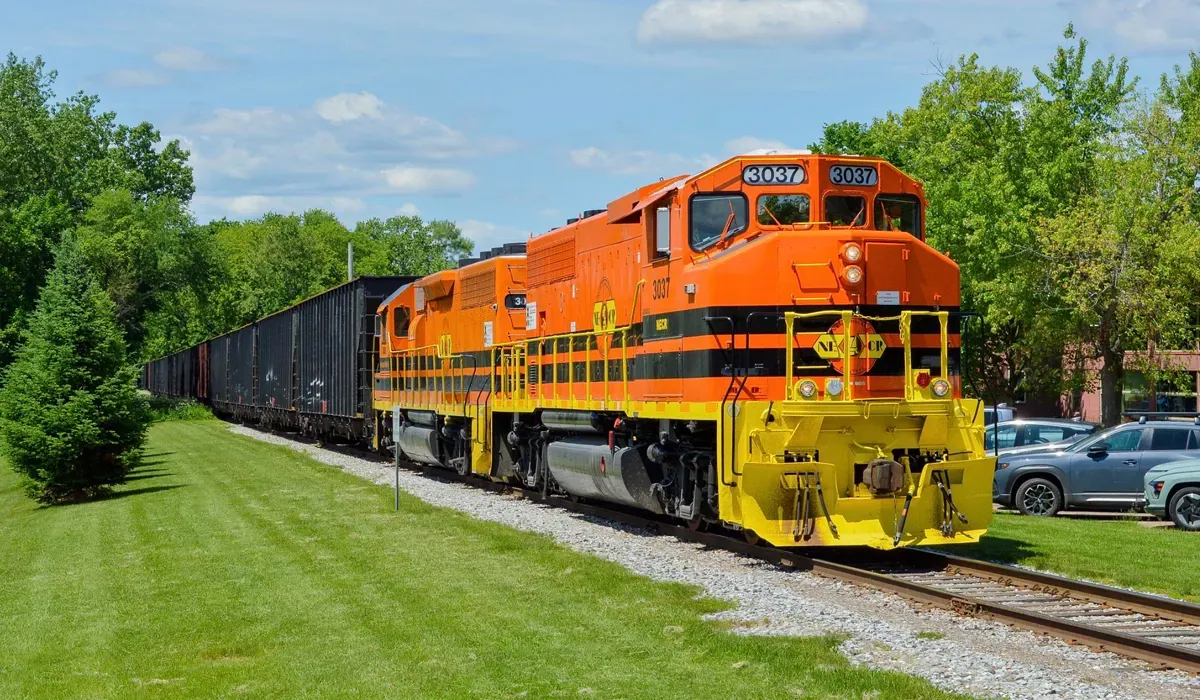

New England Central Railroad operates one of North America's most extensive regional freight rail networks, connecting businesses across Connecticut, Massachusetts, New Hampshire, and Vermont with safe, efficient, and environmentally responsible transportation solutions. The railroad manages a network of approximately 345 miles, running from New London, Connecticut, to Alburgh, Vermont at the Canadian border, and primarily transports lumber, metals, chemicals, crushed stone, and a variety of industrial and agricultural products..
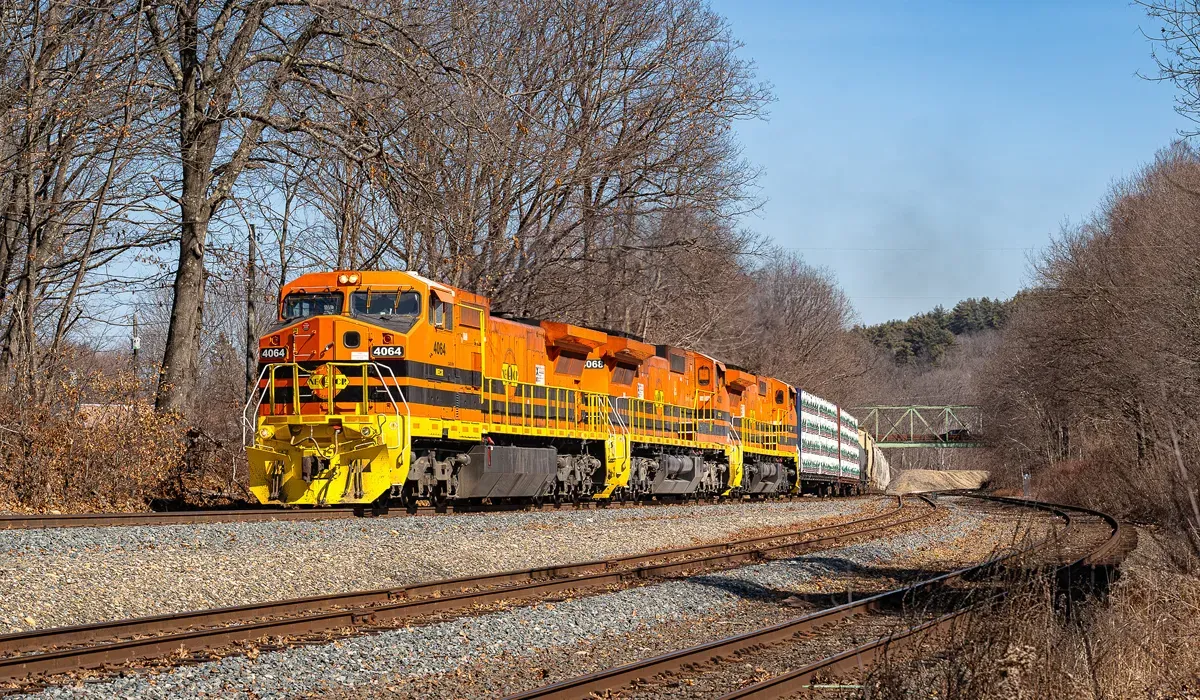
FOUNDING HISTORY & ORGANIZATIONAL STRUCTURE
Founded in 1995 as a successor to the Central Vermont Railway, New England Central Railroad was originally established by RailTex to revitalize regional rail service after Canadian National divested the line. The company was later acquired by RailAmerica in 2000 and became part of Genesee & Wyoming Inc.
HEADQUARTERS & OPERATIONAL BASES
The headquarters of New England Central Railroad is located in St. Albans, Vermont.
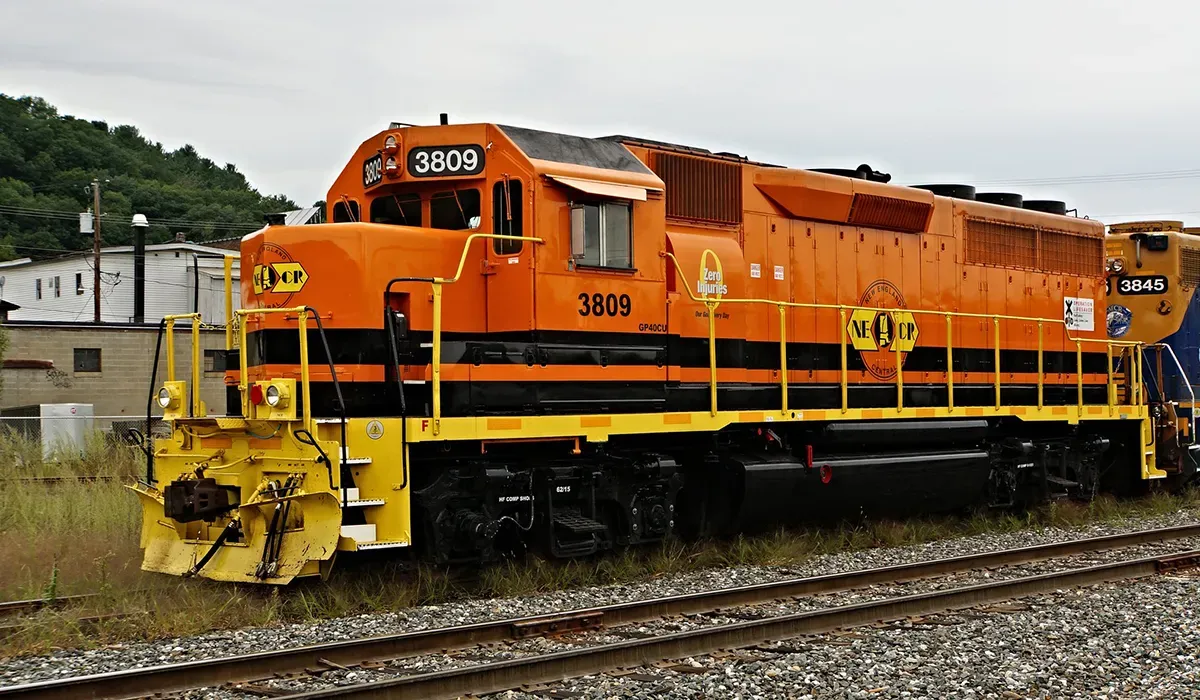
LEADERSHIP & EMPLOYEES
Rob Russell serves as President of New England Central Railroad. The executive team includes a Vice President of Operations, a Chief Financial Officer, and a Director of Safety, each bringing decades of experience in railroad management, logistics, and safety compliance. The leadership team is focused on operational efficiency, customer service, and continuous improvement in safety and technology.
New England Central Railroad employs approximately 150 people, with about 120 serving as skilled craftspeople, maintenance workers, and service teams. The workforce is predominantly operational, with a strong emphasis on safety and technical expertise, and the company continues to promote diversity and inclusion within its ranks.
FACILITIES & OPERATIONS
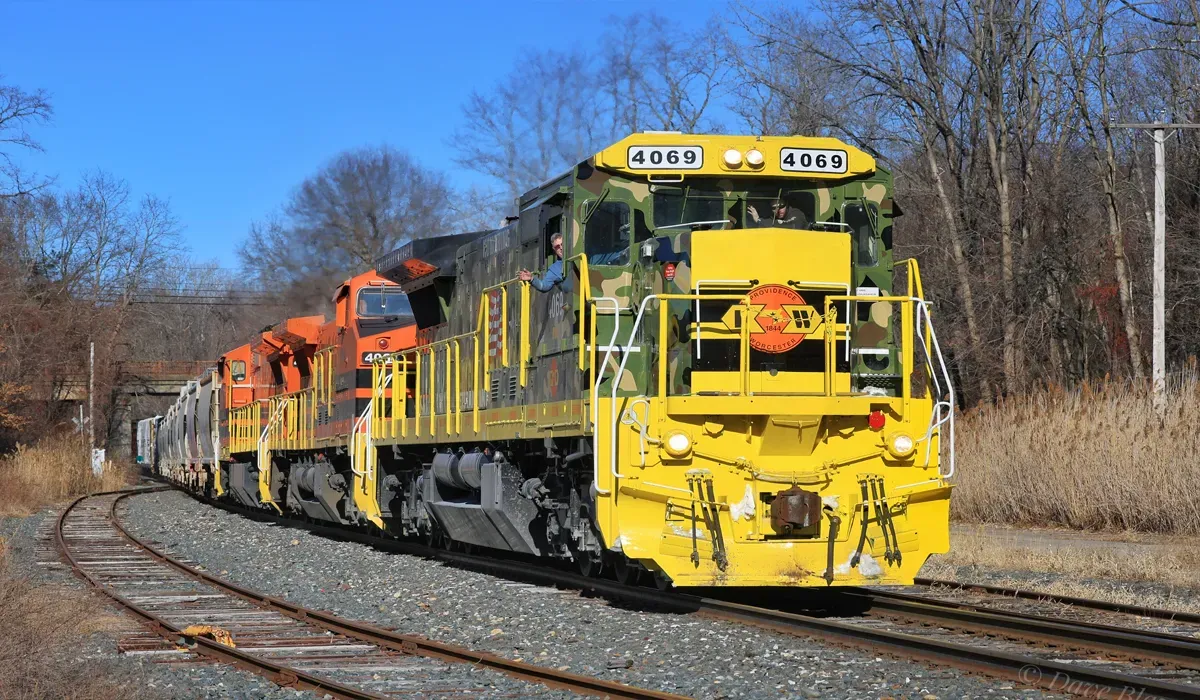
Major facilities include the St. Albans Yard in Vermont, which is the primary classification and maintenance hub, and the Palmer Yard in Massachusetts, a key interchange point with CSX and Massachusetts Central Railroad. The railroad also operates significant terminals in New London, Connecticut, which provides direct access to the port, as well as facilities in Brattleboro and Burlington, Vermont, and Willimantic, Connecticut, supporting transloading and storage operations.
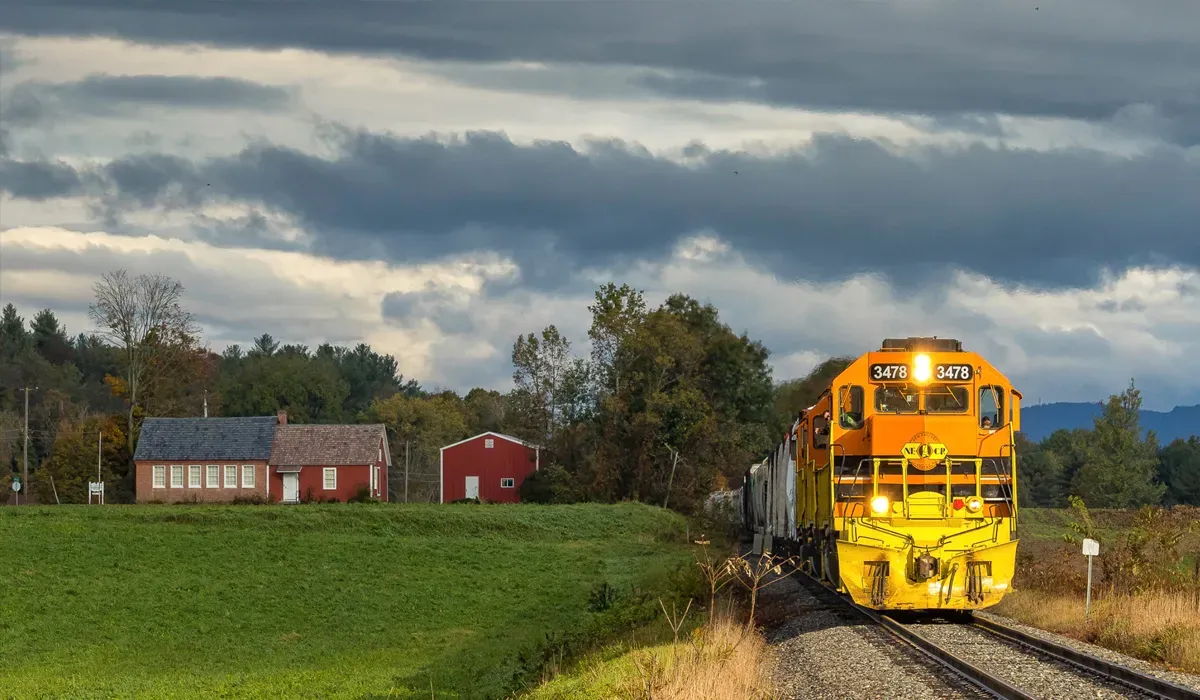
New England Central Railroad maintains compliance with Federal Railroad Administration safety standards and has received recognition for its safety performance. The company adheres to environmental best practices and has pursued ISO 14001 environmental management certification, reflecting its commitment to sustainable operations.
EQUIPMENT & INFRASTRUCTURE
The railroad handles a variety of container types, including intermodal containers, boxcars, tank cars, and flatcars. Intermodal containers are typically 20-foot and 40-foot units, while boxcars and tank cars are used for bulk commodities such as chemicals, lumber, and metals, with capacities up to 286,000 pounds per car.
Technology platforms at New England Central Railroad include advanced train dispatching systems, real-time GPS tracking for shipments, and a customer portal for shipment visibility and documentation. The company also offers API integration for customers to connect their logistics systems directly with NECR’s operational data, and has implemented automation technologies in its yards to streamline switching and classification.
The geographic scope of New England Central Railroad covers Connecticut, Massachusetts, New Hampshire, and Vermont, with a total of 345 route miles. The main corridor runs from New London, Connecticut, north through Palmer, Massachusetts, and Brattleboro, Vermont, to Alburgh at the Canadian border, serving as a vital link between New England and Canadian markets.
Strategic partnerships include interchanges with Canadian National at East Alburgh, Vermont, Canadian Pacific Kansas City in Burlington and Bellows Falls, Vermont, CSX in Palmer, Massachusetts, and Norfolk Southern in Brattleboro, Vermont. The railroad also collaborates with Vermont Railway, Massachusetts Central Railroad, Pan Am Southern Railway, and Providence and Worcester Railroad to expand its reach and service offerings.
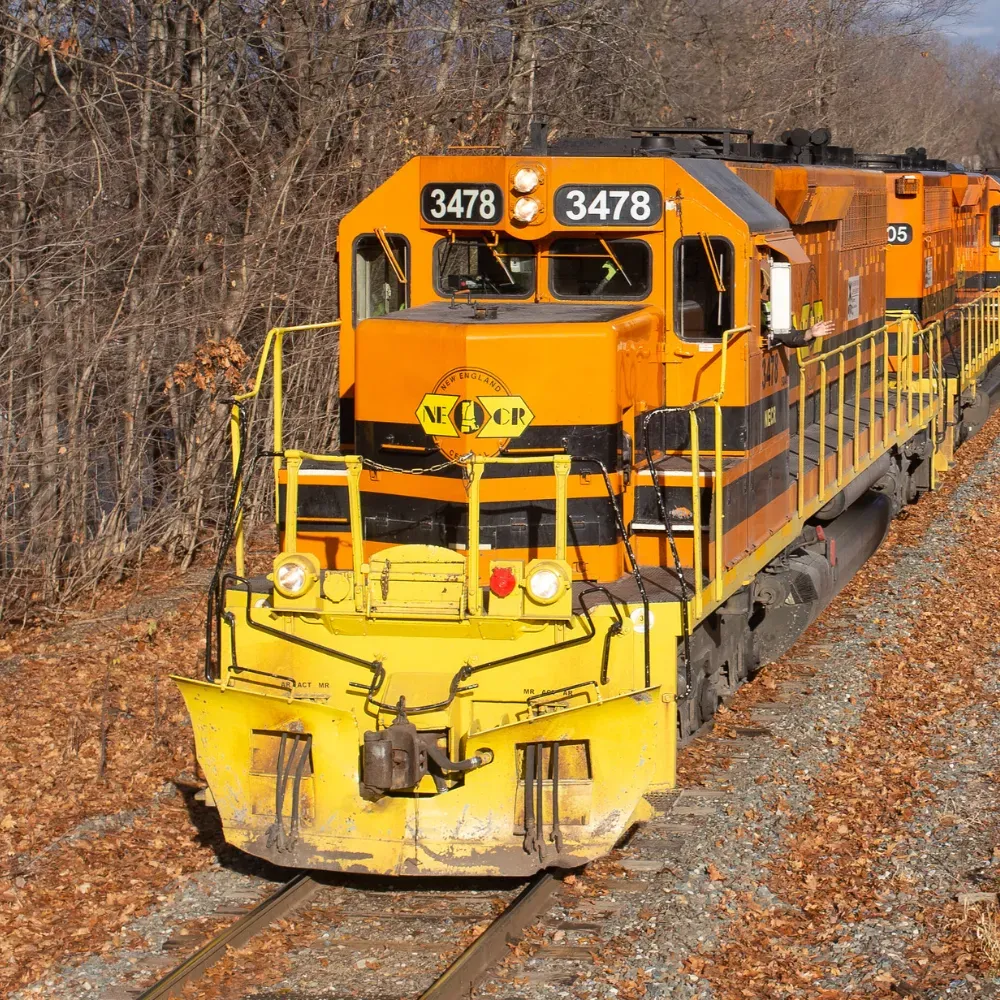
FINANCIAL METRICS & STABILITY
In 2024, New England Central Railroad reported a pre-tax profit of $12 million on revenues of $68 million. The company’s operating ratio improved to 74 percent, reflecting enhanced operational efficiency and cost management.
Recent capital investments include a $10 million upgrade to track infrastructure in Vermont and Connecticut, completed in 2023, and the acquisition of new locomotives and yard equipment in 2024. The railroad was acquired by Genesee & Wyoming Inc. in 2012, which has since invested in technology and facility upgrades.
SERVICE PORTFOLIO

New England Central Railroad offers a range of logistics services, including full container load (FCL) and less than container load (LCL) shipments. Additional services include transloading, warehousing, customs brokerage, trade compliance consulting, and cargo insurance, providing comprehensive solutions for shippers across the region.

The company has launched a new customer portal to enhance self-service capabilities and improve day-to-day activities for its clients. Additionally, New England Central Railroad offers an API Center to facilitate seamless integration with customer systems, supporting real-time tracking and electronic documentation.
INDUSTRY REPUTATION & NEWS
Recently, New England Central Railroad has focused on enhancing operational efficiency and service quality. The company has implemented automated obstacle scanners at its major yards and loading parks to improve safety and efficiency in handling intermodal containers. Upgrades to the mainline in Vermont have also increased train speeds and reliability for both freight and passenger services.
New England Central Railroad’s Site Certification Program has identified optimal rail-served sites and conducts in-depth reviews to ensure readiness for development. This program aims to minimize development risks for customers and enhance supply chain efficiency, and the railroad has received industry recognition for its safety and environmental stewardship.
ANALYSIS & FUTURE OUTLOOK